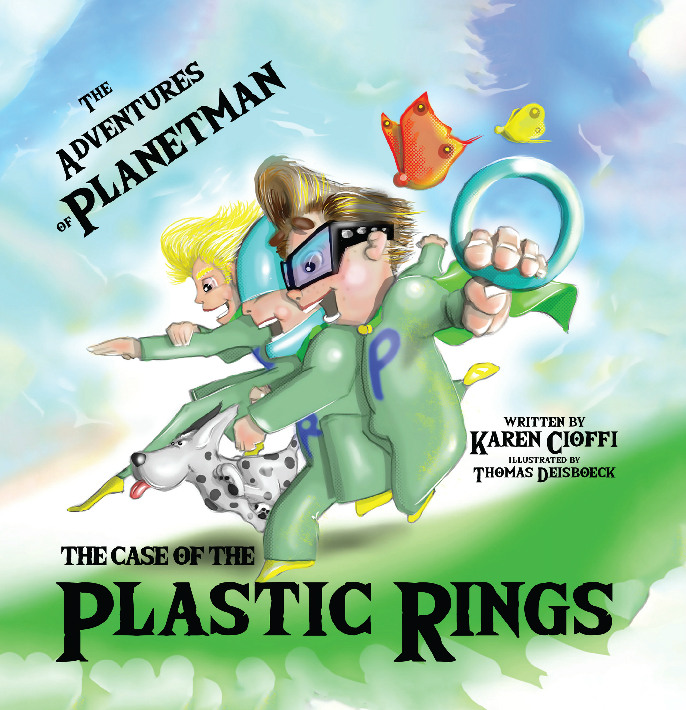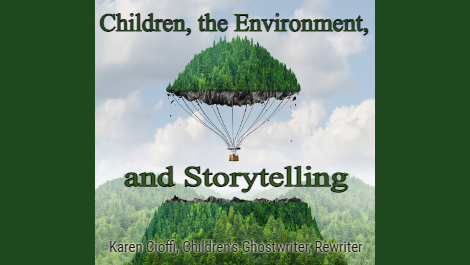Children, the environment, and storytelling: a few simple words yet, when combined, can become a powerhouse for teaching children the importance of taking care of our planet.
As an author, ghostwriter and rewriter, and a member of several writing groups, I’ve come to a realization. We, as a community, have a responsibility to advocate for the incorporation of environmentally friendly conservation tidbits into our storytelling. Yet, I’ve noticed a gap. Why aren’t more of us taking up this cause?
Writers have the perfect format for teaching and molding children and the perfect opportunity.
From picture books to young adult novels, conservation and the environment are topics that authors should consider writing about or at least weaving into their stories. The saying goes, “You are what you eat,” well children become what they learn, through their environment, including schooling or reading.
Suppose young children are afforded reading material that paints a picture of the benefits and consequences of conservation in simple and entertaining stories. What better way to instill a sense that they can be part of the solution and help protect our environment?
If those same children, while growing up, continue to read fiction and non-fiction stories that mention conservation and our environment, how much more will it have an impact on them and become a part of their lives?
While most authors may not want to devote their time to writing books about the environment, just a sentence or scene woven into a story will certainly have an effect. It can be a subtle mention.
For example, if it’s a scene with friends hanging out or on their way somewhere, one or two sentences in the scene might be:
Lucas held the soda bottle, aimed carefully, and tossed it right into the trash can.
“Nice shot, Lucas, but that goes in the recycling pail,” said Thomas.
This quick mention would be the extent of the comment or mention of conservation in the story. It’s short, almost unseen, yet it becomes a part of the reader’s experience.
Isn’t this what writers want to do: leave an imprint in the minds and hearts of their readers? And it’s all the more gratifying if it’s a child’s mind and heart that you’re helping to develop and mold.
Why not make our impressionable and lasting words take root. In addition to entertaining through our books and stories, we can make a difference in our future, our children’s future, and the planet’s future.
I took advantage of storytelling to engage children and bring awareness about our environment with a three-book picture book series (a fourth in in the works): The Adventures of Planetman.

The first book in the series is THE CASE OF THE PLASTIC RINGS.
The second book in the series is THE CASE OF THE SLIMY GOO.
The third book in the series is THE CASE OF THE STRANDED CUB.
You can check out the Books page on my website for information on all my books.
These books will be an asset to any children’s home library and school library. Check them out to see how you can weave tips and awareness into your books.

I’m a working children’s ghostwriter and rewriter. I can help turn your story into a book you’ll be proud to be the author of, one that’s publishable and marketable.
OTHER HELP I OFFER:
HOW TO WRITE A CHILDREN'S FICTION BOOK
A DIY book to help you write your own children’s book.
FICTION WRITING FOR CHILDREN eCOURSE
4-Weeks / 8 Sections Guided Self-Study Mentoring Program
You can contact me at: kcioffiventrice@gmail.com.

Characters or Story – Which Comes First?
Writing Children’s Books – Genre Differences
10 Rules for Writing Children’s Stories


5 thoughts on “Children, the Environment, and Storytelling”